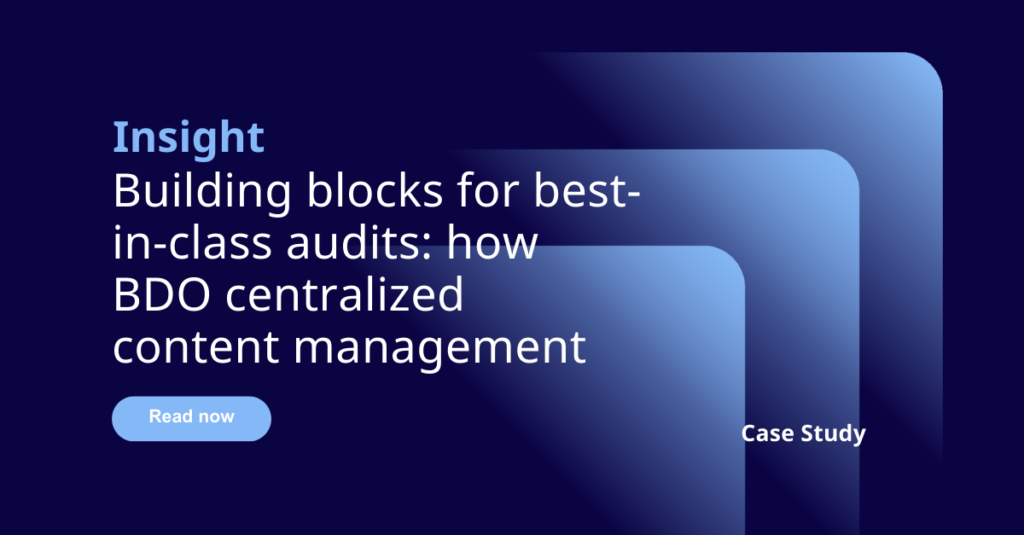Asset management companies are facing a significant volume of new regulations and requirements related to sustainability. Factors driving this include:
- Environmental, Social, and Governance (ESG) factors are becoming more prominent in investment decision-making.
- Regulatory bodies are pushing for increased transparency regarding ESG practices and disclosures.
- The development of standardized taxonomies and reporting frameworks for sustainability-related investments and disclosures to facilitate consistency and comparability.
- Government-backed green finance initiatives
In the EU, the Sustainable Finance Disclosure Regulation (SFDR) came into effect in 2021, requiring asset managers and financial institutions to disclose ESG-related information to investors. Equivalent proposals have followed in other jurisdictions such as the UK and the US.
Managing documentation can be a real challenge as companies must manage nuanced product variations with jurisdiction-specific requirements which complicates the generation of prospectus documentation and disclosures.
The requirement to produce this content in multiple outputs and formats increases the risk of inconsistencies and version issues.
Your teams might be already using Microsoft Word to create and manage documents. The good news is that you can leverage these existing tools.
Challenges with the production of documents
Managing large volumes of documents
Asset management companies often must manage large volumes of documentation such as the prospectus and SFDR documentation, some of them extending to over a thousand pages. This can pose difficulties if the tool is not optimized to handle large volumes of content.
Duplicated content
Creating different versions of documents can lead to duplicated content and the risk of confusion amongst staff. At the same time, staff might need to make updates in accordance with the latest updates from regulations and standards. This can lead to duplicated efforts and the risk of error as each instance must be manually identified and updated.
Reliance on Microsoft Word
Finance and compliance professionals want an easy-to-use authoring environment, and XML editing tools can result in content being managed in Microsoft Word and then being re-entered into another system.
Informal approval processes
Asset management companies may rely on email to manage approval processes. However, this can be difficult to track. It is also difficult to demonstrate to regulators and other stakeholders the transparency of this process.
Content from multiple sources
Companies are pulling in content from multiple sources to create documentation. This can lead to high levels of copy and paste which is not only labor-intensive, but prone to errors.
Collaboration with lawyers and regulators
Prior to offering securities to the public or admission to trading on a regulated market, the prospectus must be approved by the appropriate entity. This may involve sharing documentation for input from lawyers and regulators with limited ability to track and incorporate edits made by external collaborators.
Publication to multiple sources
Versions of documentation must be created for different publications in different formats including specific formats for web-based disclosures, prospectus documentation, and filings with regulators.
Lack of audit trails
Relying on generic document storage systems can make it difficult to retrieve and analyze documents. These systems often do not have the detailed audit trails required to meet compliance and reporting requirements.
Managing documentation can be a real challenge as companies must manage nuanced product variations with jurisdiction-specific requirements which complicates the generation of prospectus documentation and disclosures.
Simplifying and securing the documentation process for asset management companies
When it comes to keeping up with new and evolving regulatory demands, it is essential to streamline the documentation process for asset management companies, making it easier to reuse content from a single source of truth, publish once to multiple formats, carry out updates with formalized review and approval processes in place, and collaborate with access to a full audit trail of edits made in the history of a document.
Your teams might be already using Microsoft Word to create and manage documents. The good news is that you can leverage these existing tools while allowing staff to collaborate using the tools they are using. Talk to us about how you can streamline the documentation processes at your asset management company today.


